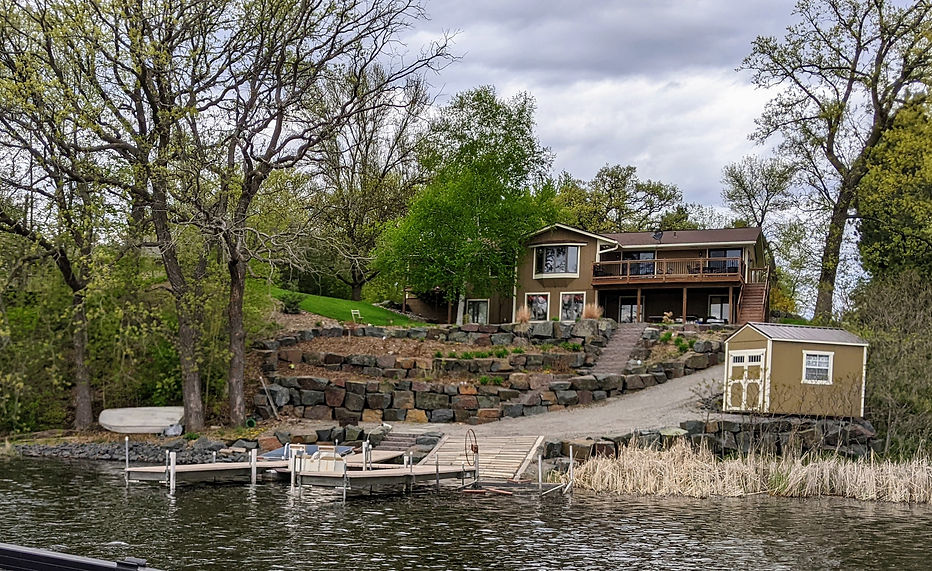Shoreline Restorations, Buffers, Reducing Phosphorus in Our Lake
Aquatic Invasive Species (AIS) is prevalent in Skogman Lake. Two species that affect fishing, boating, and recreation are Clover Leaf Pondweed (CLP) and Eurasian Water Milfoil (EWM), which feed off phosphorus. Reducing runoff into the lake will help reduce the phosphorus level. The last DNR test had the lake at total phosphorus of 44 which is above the recommended level. Did you know that 1 pound of Phosphorus can produce 500 pounds of algae in one year! We all can reduce the water runoff by creating buffers, planting native grasses, using rain barrels, and creating rain gardens. Contact your Skogman LID Lake Steward, Isanti SWCD, or MLR to get ideas on how to enhance your lawn in order to reduce the water runoff into Skogman Lake.
New Funding
Through the Rum River Watershed Partnership, Isanti SWCD has funding for shoreline projects on Both Blue and Skogman Lakes. With this opportunity, 75% of the project cost will be covered by the available funding.
Please contact Todd Kulaf at 763-689-3271 if you are interested in this opportunity in playing a role in protecting the health of your lake.
SIMPLE STEPS TOWARD BETTER LAKE STEWARDSHIP
There are DNR simple steps lake property owners can take to become better shore land stewards.
-
Have your septic system tested and keep it working properly. Faulty septic accounts for lake pollution. Learn more about maintaining your septic system HERE.
Ways to reduce phosphorus runoff into the lake and save your shoreline. Click the links below to learn more.
Contact Mark Funfar, Skogman LID Lake Steward, to provide more information and guidance for your lawn and lakeshore.






From Skogman Lake




